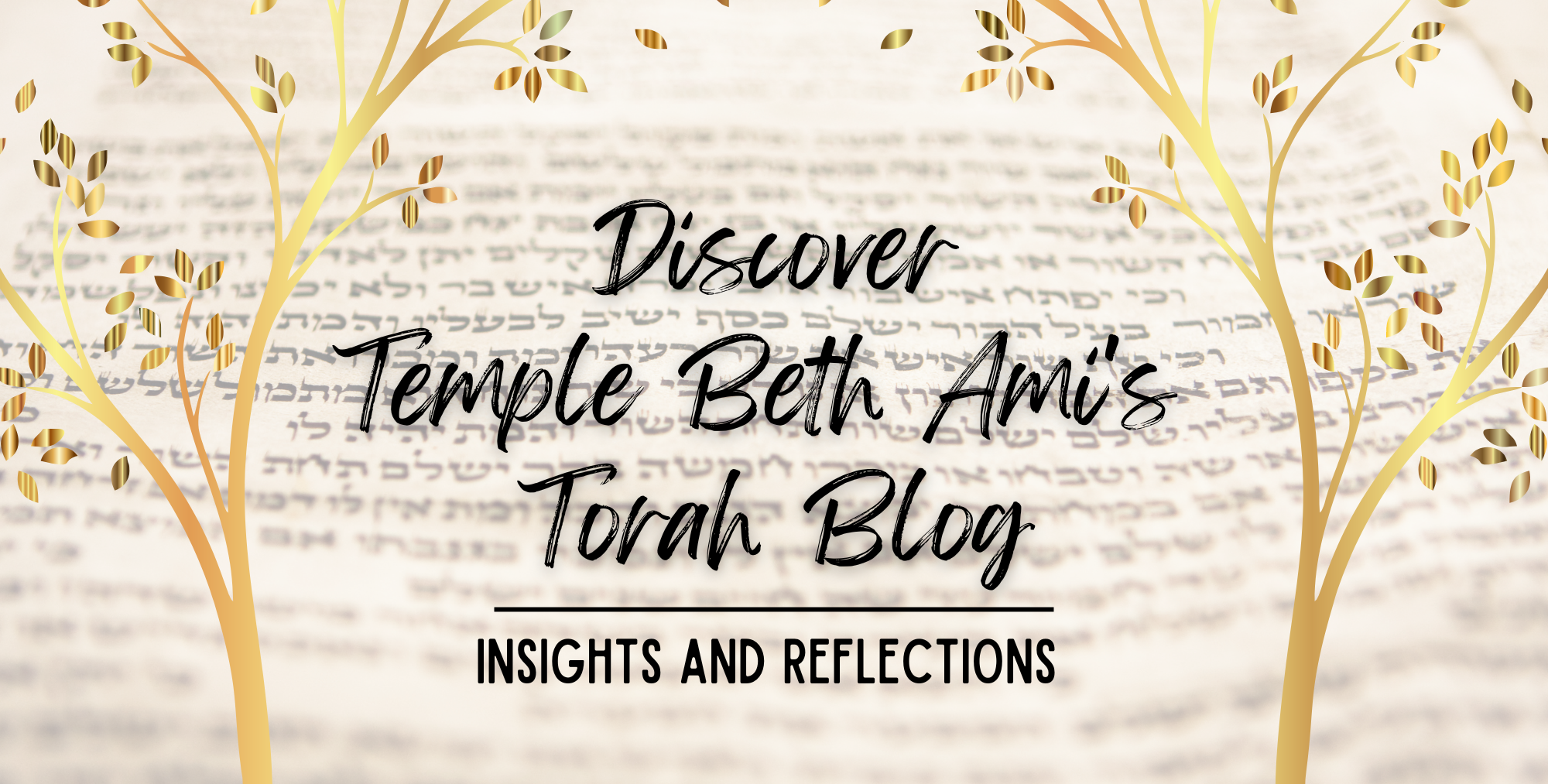







Rabbi Gary Pokras
In VaYakhel, we encounter the third and final repetition of the details for building the mishkan (sanctuary) in the wilderness. The threefold repetition highlights the vital importance of this project, and indeed, accounts for a significant amount of real estate in the second half of the book of Exodus. The mishkan would become the place where God would dwell in the midst of the camp, unavoidably and powerfully perceptible to all of Israel. So, it makes sense that it would receive a great deal of attention. However, the mishkan could have been built anywhere. Rabbi Michael Boyden wondered why Torah would specifically want to concentrate holiness in the desert, “in a place that is, on the face of it, both spiritually barren and empty.”1
Why doesn’t Torah concentrate holiness in populated cities or regular daily life? What is the allure of the Wilderness to holiness?
As it turns out, this is part of a larger pattern. Jacob, while fleeing for his life with only the shirt on his back and a rock for a pillow encounters God in the wild during the darkest night [Gen. 28:10-17]. Joseph communes with God to interpret dreams while languishing deep in Pharoah’s dungeon [Gen. 40:1-23]. God appears to Moses through a Burning Bush atop the mountain [Ex. 3:1-10].
The Hebrew word for holiness is kadosh, which in turn means “set apart.” For example, Shabbat is holy. It is set apart from the other six days of the week. If holiness means ‘set apart,’ then it cannot be the same as daily life. We can infuse holy acts into daily life, but in doing so, we are elevating moments that are mundane or ‘regular’ to moments that are sacred – thereby setting them apart from the rest of the day.
The Presence of God is holy. It must be set apart, and this is the purpose of the mishkan. Locating a concentrated Presence in the midst of the camp, separates God from the rest of the camp while simultaneously bringing awareness of God’s Presence to everyone in the camp. Since there is nowhere else in the world where God’s presence manifests in this way, life in the camp would also be separate from life anywhere else in the world.
Torah, therefore, reminds us that the experience of holiness can be elusive.
In some theological circles, God is believed to be omnipresent and omnipotent. However, the grind of daily life too can be omnipresent and feel omnipotent. And not just for slaves in Egypt.
In the world today, we live with the illusion of control. We have mastered so much of the world, built extraordinary cities and technologies. We can fly across oceans and have antibiotics to protect us from diseases that used to be life-threatening, and overall, we eat better and live more comfortably than any previous generation. While this is wonderful in many ways, it has also lulled us into replacing faith in God with faith in ourselves. Until, that is, we confront something we cannot control, such as an untreatable terminal illness, or the loss of our homes or livelihoods. In these moments, we find ourselves in the empty, barren spaces; the cares of the world recede, and we reach out for holiness. We ask, “where are You God?” — sometimes unaware that we are the ones who banished God from our camps. At times like these, when it is almost too late, we wish we had cultivated more of a relationship with God, more holiness in our lives.
Which brings us back to our parasha.
Torah sends us to the empty spaces, where the world does not operate “on the clock,” where we are not distracted by the oppressions and illusions of the “real world” that we may learn how to find holiness, how to concentrate it in our communities, and how to protect it from being subsumed by the mundane. Holiness is not meant to stay in the Wilderness but live in the world, separate but perceptible in our lives. The empty, barren spaces are where we go to heighten our awareness of the holy, and the develop the spiritual strength and discipline we need to bring holiness where it belongs: with us.
1 Rabbi Michael Boyden, “Vayak’heil/P’kudei,” in Voices of Torah, vol. 2, p. 172.